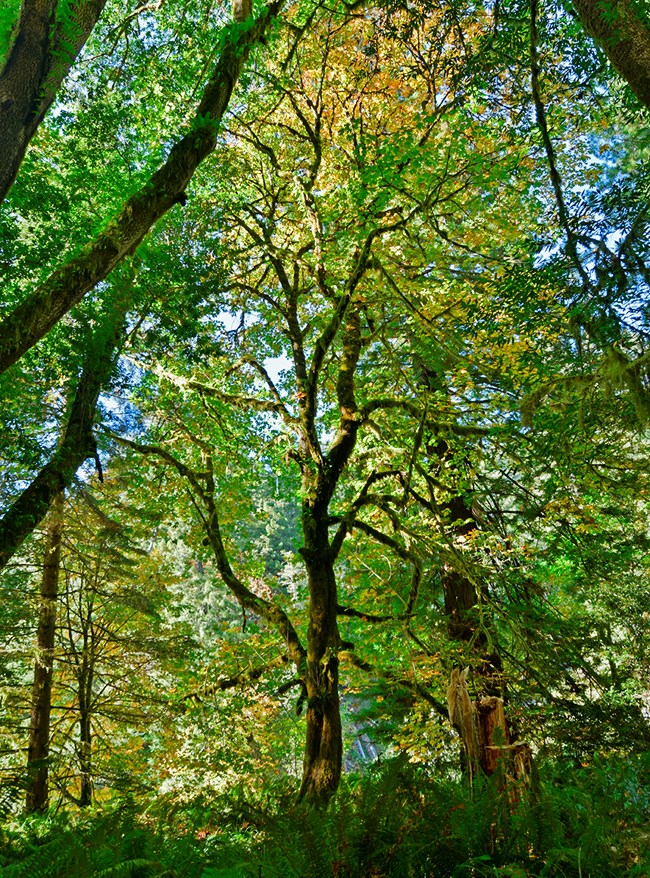Tree DNA

In the spring and summer of 2018, a crew of poachers had been chopping down trees by night in the Olympic National Forest in Washington State, federal prosecutors said.
On Aug. 3, they came upon the wasp’s nest.
It was at the base of a bigleaf maple, a species of hardwood tree with a shimmering grain that is prized for its use in violins, guitars and other musical instruments. The crew was selling bigleaf maples to a mill in Tumwater, using forged permits, prosecutors said. Logging is banned in the forest, a vast wilderness encompassing nearly a million acres.
The timber poachers sprayed insecticide and most likely gasoline on the nest, and burned it, the authorities said. But they were unable to douse the fire with water bottles, so they fled, prosecutors said.
The fire spread out from the forest’s Elk Lake area, near Hood Canal, burning 3,300 acres and costing about $4.2 million to contain, prosecutors said. It came to be known as the Maple Fire.
Nice guys! But it’s the forest so how can they be caught?
On Monday, the leader of the illegal operation, Justin Andrew Wilke, 39, was sentenced to 20 months in federal prison, prosecutors said. In July, a jury had convicted Mr. Wilke of conspiracy, theft of public property and trafficking in illegally harvested timber, among other charges, according to a statement from the U.S. Attorney’s Office for the Western District of Washington.
Notably, the jury did not convict him on charges related to the fire, even though prosecutors had argued that he was directly involved. Had it not been for a relatively new technique that used tree DNA as evidence, Mr. Wilke might not have been convicted on the other charges.
Prosecutors said this was the first time that such evidence had been used in a federal criminal trial, although it has been used in state cases and in federal cases that did not reach trial. Researchers hope this will deter future poaching, particularly of bigleaf maples, for which there is now a large database.
Say what now?
In this case, researchers built a DNA database specifically for the Olympic National Forest, sampling 230 trees and coming up with an estimate that the probability of a coincidental match was one in one undecillion — or one followed by 36 zeros, Dr. Cronn said.
One limitation to a more widespread use of this technique in criminal prosecutions, Dr. Cronn said, is that databases must be created for individual tree species. This can be costly and time-consuming, he said, but he added that advances in genomics technology have made doing so easier.
“If you think about a human forensic database, you’re only making it for one species,” he said. “The trees that are targeted for timber theft across the U.S. are really different. We have maple in the Pacific Northwest, walnut in the eastern U.S. We would need a database for each of the species, so that is a bit of a barrier.”
Dr. Cronn said the use of tree DNA in this case would be a deterrent to similar theft.
He said researchers had created a bigleaf maple database of more than 1,100 tree samples, covering a region “basically from the U.S.-Mexico border all the way up to Vancouver Island and Canada.”
“Any time trees are taken in that range can now be investigated,” Dr. Cronn said. “We will be ready at the next trial.”
Wow.
